The Waterbuck, scientifically known as Kobus ellipsiprymnus, is a majestic antelope species found in various parts of sub-Saharan Africa. Waterbucks have a distinctive white ring on their rump, which is thought to serve as a visual signal for group members during times of potential danger. They are well adapted to their watery habitats and have a waterproof coat that allows them to swim across bodies of water when needed. Waterbucks are found in various parts of sub-Saharan Africa, including countries like Kenya, Tanzania, and Botswana. They are often seen grazing near water bodies, where they are less vulnerable to predators.
Waterbuck: Species Profile
COMMON NAME: Waterbuck
SWAHILI NAME: Kuro
SCIENTIFIC NAME: Kobus ellipsiprymnus
TYPE: Mammal
FOOD: Waterbucks are herbivores, primarily feeding on grasses, aquatic vegetation, and reeds. They are known to graze and browse selectively, choosing the most nutritious plants available.
HABITAT: Waterbucks inhabit areas close to water sources such as rivers, lakes, and marshes. They are commonly found in grasslands, floodplains, and savannas with access to abundant vegetation and water.
SIZE: Adult waterbucks have a shoulder height of around 130-140 centimeters (51-55 inches) and a body length of approximately 170-200 centimeters (67-79 inches). Males are generally larger and heavier than females.
AVERAGE LIFE SPAN IN THE NATURAL HABITAT: In the wild, waterbucks have an average lifespan of around 10-15 years.
ACTIVE: Waterbucks are primarily active during the early morning and late afternoon, known as crepuscular animals. They rest and seek shade during the hottest parts of the day.
GESTATION PERIOD: The gestation period of waterbucks lasts for approximately 8-9 months. After this period, a single calf is born, and it remains hidden in tall grasses or vegetation for protection.
WEIGHT: Adult waterbucks weigh around 200-300 kilograms (440-660 pounds). Males are larger and heavier, with some reaching weights of up to 300-350 kilograms (660-770 pounds).
SIZE COMPARISON TO A 6-FT MAN: Waterbucks are larger in size compared to a 6-ft man. They have a robust build with shaggy, coarse fur. Both males and females have long, curved horns that can reach lengths of up to 55-99 centimeters (22-39 inches) in males and shorter and more slender horns in females.
Physical Features and Adaptations:
Waterbucks are large antelopes, with males (bulls) being larger than females (cows). They possess a shaggy, reddish-brown coat, with a white ring or patch around their rump that contrasts with the rest of their body. Notably, both males and females have long, curved horns, with those of males being more robust and reaching lengths of up to 100 centimeters (39 inches). These horns play a role in territorial defense and male-to-male combat during mating season.
Habitat and Distribution:
Waterbucks are primarily found in areas close to water sources such as rivers, lakes, and swamps. They prefer habitats with tall grasses and dense vegetation, providing them with cover and easy access to water. Waterbucks can be seen in several countries across sub-Saharan Africa, including Kenya, Tanzania, Botswana, Zambia, and South Africa.
Behavior and Social Structure:
Waterbucks (Kobus ellipsiprymnus) are fascinating antelopes found in various parts of sub-Saharan Africa. They exhibit unique behaviors that allow them to thrive in their habitats and navigate the challenges of the African wilderness. Here are some insights into the behavior of Waterbucks:
1. Habitat and Territory: Waterbucks are primarily found near water sources such as rivers, lakes, and marshes. They have a strong affinity for water and are adept swimmers. Males, in particular, establish and defend territories encompassing prime grazing areas near water, ensuring access to both food and a safe refuge.
2. Grazing and Diet: Waterbucks are predominantly grazers, feeding on a variety of grasses and aquatic vegetation. They have adapted to consume coarser grasses that grow in their preferred wetland habitats. Their elongated muzzle and prehensile lips allow them to selectively graze, plucking the most nutritious parts of plants while avoiding less desirable portions.
3. Social Structure: Waterbucks display a hierarchical social structure. Small groups consisting of females and their offspring, known as harems, are led by a dominant male. These males, known as “bulls,” actively defend their harems from other males seeking to challenge their dominance. Young males form bachelor groups until they are mature enough to establish their territories.
4. Communication: Waterbucks communicate through a combination of vocalizations, visual signals, and scent markings. They emit a variety of sounds, including snorts, grunts, and alarm calls, to communicate danger or maintain contact within the herd. Visual signals, such as tail movements and ear postures, are also used to convey messages.
5. Water Adaptations: Waterbucks have several adaptations that enable them to thrive in wetland environments. Their oily and coarse fur repels water, allowing them to remain relatively dry even after venturing into water bodies. They also possess specialized glands that secrete an oily substance, which further aids in water repellency.
6. Predation and Defense: Waterbucks face predation from large carnivores such as lions, leopards, and hyenas. To protect themselves, they rely on their keen senses, including excellent eyesight and hearing, to detect potential threats. When startled or pursued, Waterbucks display remarkable agility and can sprint quickly to escape predators.
7. Mating Rituals: During the breeding season, dominant males engage in elaborate displays to attract females. They engage in ritualized fights with other males, using their impressive horns to establish dominance. These displays involve posturing, vocalizations, and physical contests to win mating opportunities with receptive females. During the breeding season, dominant males establish territories and engage in vigorous displays to attract females. These displays may involve urine spraying, vocalizations, and territorial marking. Females give birth to a single calf after a gestation period of around eight months.
8. Parental Care: Females give birth to a single calf after a gestation period of around 7-8 months. The young calves are hidden in dense vegetation for the first few weeks of their lives to protect them from potential predators. Mothers nurse and care for their offspring, and the young gradually join the herd as they grow older.
Group Dynamics:
Waterbucks are generally gregarious animals, forming small herds typically composed of females, young offspring, and a dominant male. These herds can range in size from a few individuals to larger groups depending on food availability and other factors.
Conservation Status and Efforts:
Waterbucks are currently classified as a species of “Least Concern” on the International Union for Conservation of Nature (IUCN) Red List. While they are not facing immediate threats on a global scale, localized declines can occur due to habitat loss, poaching, and competition with livestock. Conservation efforts focus on protecting their habitats, ensuring sustainable land-use practices, and implementing anti-poaching measures.
Kobus ellipsiprymnus
The Kobus ellipsiprymnus (Waterbuck’s) striking appearance and its affinity for water make it a remarkable species to observe in the African wilderness. Its ability to thrive in habitats near water sources highlights the importance of these ecosystems for wildlife conservation. By prioritizing the preservation of their habitats and raising awareness about the significance of protecting this species, we can contribute to the long-term survival of the Waterbuck and safeguard the biodiversity of Africa’s diverse landscapes.
Waterbuck Adaptations:
Waterbucks (Kobus ellipsiprymnus) have evolved several remarkable adaptations that enable them to survive and thrive in the diverse habitats of sub-Saharan Africa. These adaptations enhance their ability to navigate the challenges of their environment. Here are some notable adaptations of the Waterbuck:
1. Water-Associated Adaptations:
As their name suggests, Waterbucks are well-adapted to wetland habitats and have a strong affinity for water. They possess several physical and behavioral adaptations that allow them to exploit aquatic environments. Their oily and coarse fur acts as a natural water repellent, keeping them relatively dry even after venturing into water bodies. They also have specialized glands that secrete an oily substance, further aiding in water resistance.
2. Coarse Grass Feeding:
Waterbucks have evolved to consume coarser grasses that grow in their preferred wetland habitats. Their elongated muzzle and prehensile lips enable them to selectively graze on the most nutritious parts of plants while avoiding less desirable portions. This adaptation allows them to efficiently extract nutrients from the grasses available in their environment.
3. Excellent Swimmers:
Waterbucks are adept swimmers and can navigate through water bodies with ease. Their muscular build, along with the positioning of their legs, helps them propel through water. Swimming not only allows them to access food sources found in aquatic environments but also serves as an effective escape strategy from predators.
4. Eye and Ear Placement:
Waterbucks have eyes and ears positioned high on their head, providing them with excellent visual and auditory awareness of their surroundings. This adaptation allows them to detect potential threats, such as approaching predators, from a distance. Their heightened senses contribute to their ability to respond swiftly and effectively to dangerous situations.
5. Coloration and Camouflage:
The coat coloration of Waterbucks serves as a form of camouflage in their natural habitats. The reddish-brown to gray-brown color of their fur blends well with the surrounding vegetation, making them less conspicuous to predators. Additionally, the distinct white ring on their rump acts as a visual signal to other members of their species, aiding in communication within the herd.
6. Horns for Defense:
Both male and female Waterbucks possess horns, although those of males are more substantial. The long, curved horns of males serve multiple purposes, including defense and intra-specific competition. Male Waterbucks use their horns during territorial disputes, engaging in impressive horn clashes to establish dominance and protect their harems from rival males.
7. Group Living:
Waterbucks often live in small groups consisting of females and their offspring, led by a dominant male. This social structure provides benefits such as increased vigilance against predators and cooperative defense of resources. Living in groups enhances their chances of survival and successful reproduction.
These adaptations exemplify the Waterbuck’s remarkable ability to adapt to their environment and successfully navigate the challenges they face in the African wilderness. Their physical, behavioral, and social adaptations collectively contribute to their resilience and ensure their continued existence in their natural habitats.
Where to See Waterbucks in Tanzania:
Tanzania, with its diverse and breathtaking landscapes, offers excellent opportunities to observe wildlife in their natural habitats. If you’re keen on spotting Waterbucks (Kobus ellipsiprymnus) during your visit to Tanzania, here are some notable locations where you are likely to encounter these magnificent antelopes:
1. Serengeti National Park:
As one of Tanzania’s most famous national parks, the Serengeti is renowned for its abundant wildlife. Waterbucks can be found in the park’s savannah grasslands, particularly near water sources such as the Seronera River and the Grumeti River. The extensive plains and riverine habitats provide favorable conditions for Waterbucks to graze and thrive.
2. Tarangire National Park:
Located in northern Tanzania, Tarangire National Park is known for its diverse wildlife and picturesque landscapes. The park is home to several water bodies, including the Tarangire River, which serves as a magnet for wildlife. Waterbucks can often be spotted along the riverbanks, grazing on the lush vegetation and seeking respite from the African heat.
3. Lake Manyara National Park:
Situated at the base of the Great Rift Valley, Lake Manyara National Park offers a unique ecosystem that supports a variety of wildlife. The park’s namesake lake attracts Waterbucks, providing them with both water and grazing opportunities. Exploring the park’s diverse habitats, including woodlands and grassy plains, increases the chances of encountering these graceful antelopes.
4. Selous Game Reserve: Located in southern Tanzania, the Selous Game Reserve is one of the largest protected areas in Africa. This vast wilderness encompasses diverse landscapes, including woodlands, grasslands, and wetlands. Waterbucks can be found near the reserve’s numerous rivers and lakes, where they take advantage of the abundant vegetation and water sources.
5. Ruaha National Park:
Situated in Southern Tanzania, Ruaha National Park is known for its rugged landscapes and impressive wildlife populations. The park is traversed by the Great Ruaha River and its tributaries, which serve as a lifeline for both wildlife and vegetation. Waterbucks can often be seen along the riverbanks, as well as in the surrounding grasslands and woodlands.
6. Ngorongoro Conservation Area:
The Ngorongoro Conservation Area, a UNESCO World Heritage Site, encompasses the stunning Ngorongoro Crater and its surrounding highlands. While Waterbucks are not as common in the crater itself, they can be spotted on the crater rim and in the adjacent grasslands. Exploring the diverse habitats of this unique area offers a chance to encounter these antelopes amidst breathtaking scenery.
Remember that wildlife sightings are subject to natural factors and individual luck. However, the locations mentioned above are known for their populations of Waterbucks, making them promising areas for spotting and observing these majestic antelopes in Tanzania’s remarkable wilderness.
Waterbuck Safari Tips:
Embarking on a safari in search of the magnificent Waterbucks (Kobus ellipsiprymnus) can be an exhilarating and rewarding experience. These graceful antelopes are known for their distinct appearance and captivating behavior. To make the most of your Waterbuck safari, here are some helpful tips to enhance your wildlife encounter:
1. Choose the Right Safari Destination:
Research and select a safari destination that is known for its thriving Waterbuck populations. Tanzania, Kenya, Botswana, and Zambia are among the African countries where you have a higher chance of spotting Waterbucks in their natural habitats. Consult with experienced safari operators or travel experts to determine the best locations and seasons for Waterbuck sightings.
2. Opt for Early Morning or Late Afternoon Game Drives:
Waterbucks are most active during the cooler hours of the day, typically early morning and late afternoon. Plan your game drives during these times as the antelopes are more likely to be grazing and engaging in various behaviors. The soft lighting during these hours also creates a beautiful ambiance for photography.
3. Seek Out Water Sources:
As their name suggests, Waterbucks have a strong affinity for water. Look for water sources such as rivers, lakes, and marshes where these antelopes tend to gather. The proximity to water is not only essential for their survival but also increases your chances of encountering them during your safari.
4. Practice Patience and Silence:
Patience is key when observing wildlife. Once you spot Waterbucks, maintain a respectful distance and allow them to become accustomed to your presence. Avoid sudden movements or loud noises that may startle or disturb them. By observing quietly and patiently, you’ll have the opportunity to witness their natural behaviors and interactions.
5. Utilize Binoculars and a Telephoto Lens:
Binoculars and a telephoto lens are essential tools for wildlife enthusiasts. Waterbucks may be found at a distance, particularly near water sources or in open grasslands. Use binoculars to scan the surroundings and locate the antelopes, and a telephoto lens to capture detailed close-ups without disturbing their natural behavior.
6. Learn from Knowledgeable Guides:
Enlist the expertise of experienced safari guides or naturalists who have in-depth knowledge of Waterbucks and their behavior. They can provide valuable insights, help track the antelopes, and answer any questions you may have about their adaptations, habitat, and conservation.
7. Respect Wildlife and Their Habitat:
Remember that you are a guest in the Waterbuck’s natural habitat. Respect their space and adhere to ethical wildlife viewing practices. Stay on designated trails or roads, avoid littering, and never feed or attempt to touch the animals. By being responsible visitors, we can contribute to the preservation of these magnificent creatures and their fragile ecosystems.
8. Observe Other Wildlife:
While in pursuit of Waterbucks, take the opportunity to appreciate the diversity of wildlife around you. Many safari destinations are home to an array of other fascinating animals, including elephants, lions, zebras, and giraffes. Embrace the full safari experience by immersing yourself in the beauty and wonders of the African wilderness.
A Waterbuck safari promises an unforgettable adventure as you immerse yourself in the splendor of these magnificent antelopes and their captivating habitat. By following these tips, you can optimize your chances of observing and appreciating the beauty and behavior of Waterbucks while respecting their natural environment.
Frequently Asked Questions about Waterbucks:
Waterbucks (Kobus ellipsiprymnus) are fascinating antelopes that inhabit the diverse ecosystems of sub-Saharan Africa. As such, it’s natural to have questions about these iconic animals. Here are some frequently asked questions about Waterbucks, along with informative answers:
Q1: What is the appearance of a Waterbuck?
A1: Waterbucks are medium-sized antelopes with a distinct appearance. They have shaggy, reddish-brown to gray-brown fur, which acts as camouflage in their natural habitats. Both males and females have long, lyre-shaped horns, although those of males are more robust. A prominent white ring encircles their rump, while their face, throat, and chest are lighter in color.
Q2: Where can Waterbucks be found in the wild?
A2: Waterbucks inhabit various countries in sub-Saharan Africa, including Tanzania, Kenya, Botswana, Zambia, and South Africa. They are commonly found near water sources such as rivers, lakes, marshes, and wetlands. These habitats provide the necessary resources for their survival, including food and water.
Q3: What do Waterbucks eat?
A3: Waterbucks are primarily grazers, feeding on a variety of grasses, sedges, and other herbaceous plants. They have a preference for coarser grasses found in wetland areas. Their elongated muzzle and prehensile lips enable them to selectively graze on the most nutritious parts of plants while avoiding tougher or less desirable portions.
Q4: Are Waterbucks good swimmers?
A4: Yes, Waterbucks are excellent swimmers. They are well-adapted to their watery habitats and can navigate through water bodies with ease. Their muscular build and the positioning of their legs enable them to propel themselves through the water. Swimming not only allows them to access food sources in aquatic environments but also serves as an effective means of escape from predators.
Q5: Do Waterbucks live in herds?
A5: Waterbucks exhibit both solitary and social behavior. They are generally seen in small groups consisting of females and their offspring, led by a dominant male. This social structure provides benefits such as increased vigilance against predators and cooperative defense of resources. However, solitary individuals are also observed, particularly older males or males without a harem.
Q6: What are the predators of Waterbucks?
A6: Waterbucks face predation from various carnivores, including lions, leopards, hyenas, and crocodiles. These predators are adept at ambushing or pursuing their prey. Waterbucks rely on their keen senses, such as excellent eyesight and hearing, to detect potential threats. They may also seek refuge in water bodies when pursued, utilizing their swimming ability as a means of escape.
Q7: How do Waterbucks adapt to their environment?
A7: Waterbucks have several adaptations that enable them to thrive in their environment. Their oily and coarse fur acts as a natural water repellent, allowing them to remain relatively dry after venturing into water. They possess specialized glands that secrete an oily substance, further aiding in water resistance. Waterbucks also have eyes and ears positioned high on their head, providing excellent visual and auditory awareness of their surroundings.
Q8: Are Waterbucks endangered?
A8: Waterbucks are currently classified as a species of least concern by the International Union for Conservation of Nature (IUCN). They are widespread and have stable populations across their range. However, localized threats such as habitat loss, poaching, and competition with livestock can impact their populations in certain areas. Continued conservation efforts are crucial to ensure their long-term survival.
These frequently asked questions provide valuable insights into the characteristics, behavior, and conservation status of Waterbucks. By understanding these magnificent antelopes better, we can appreciate their significance in the African ecosystem and work towards their protection.

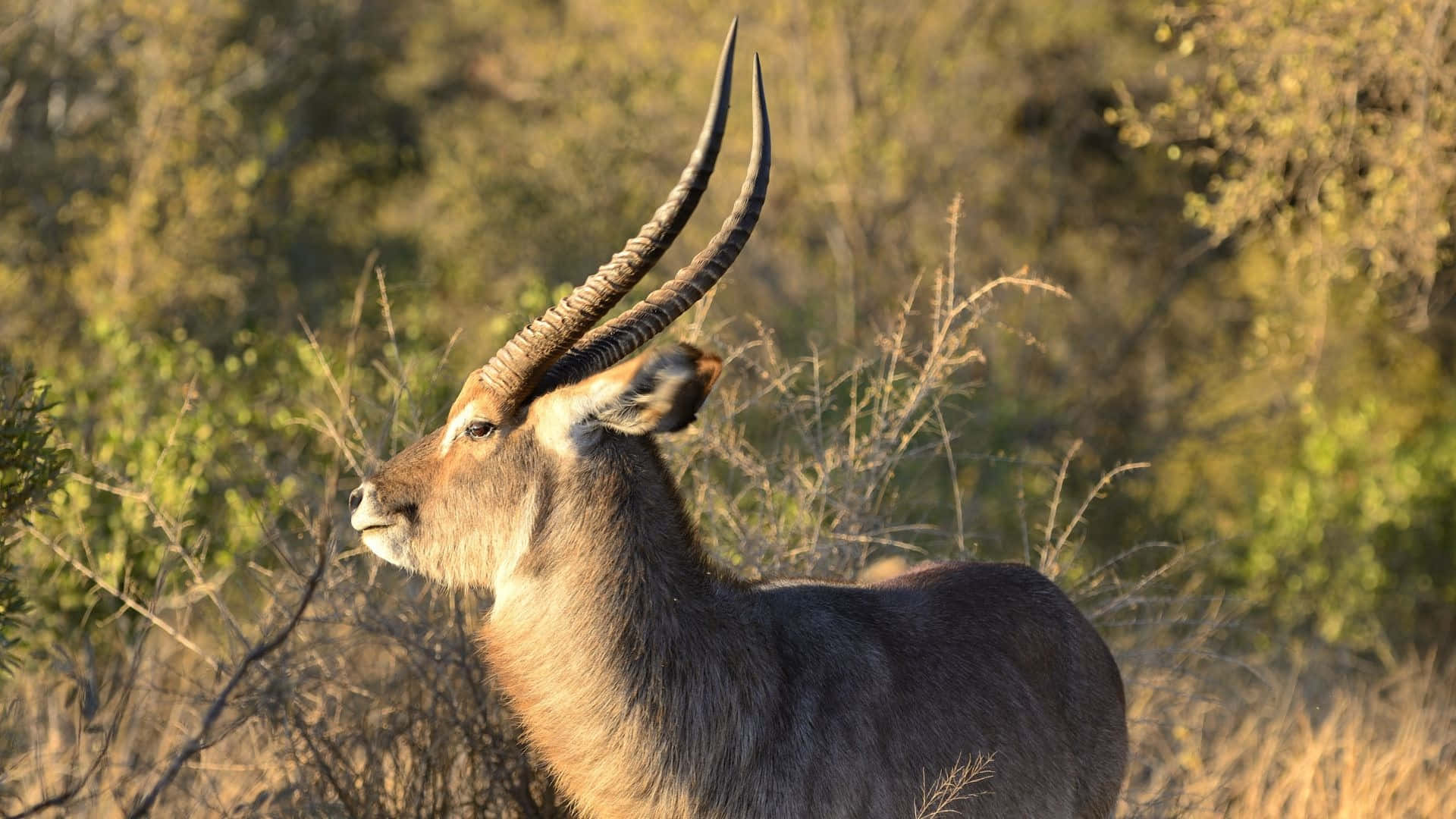
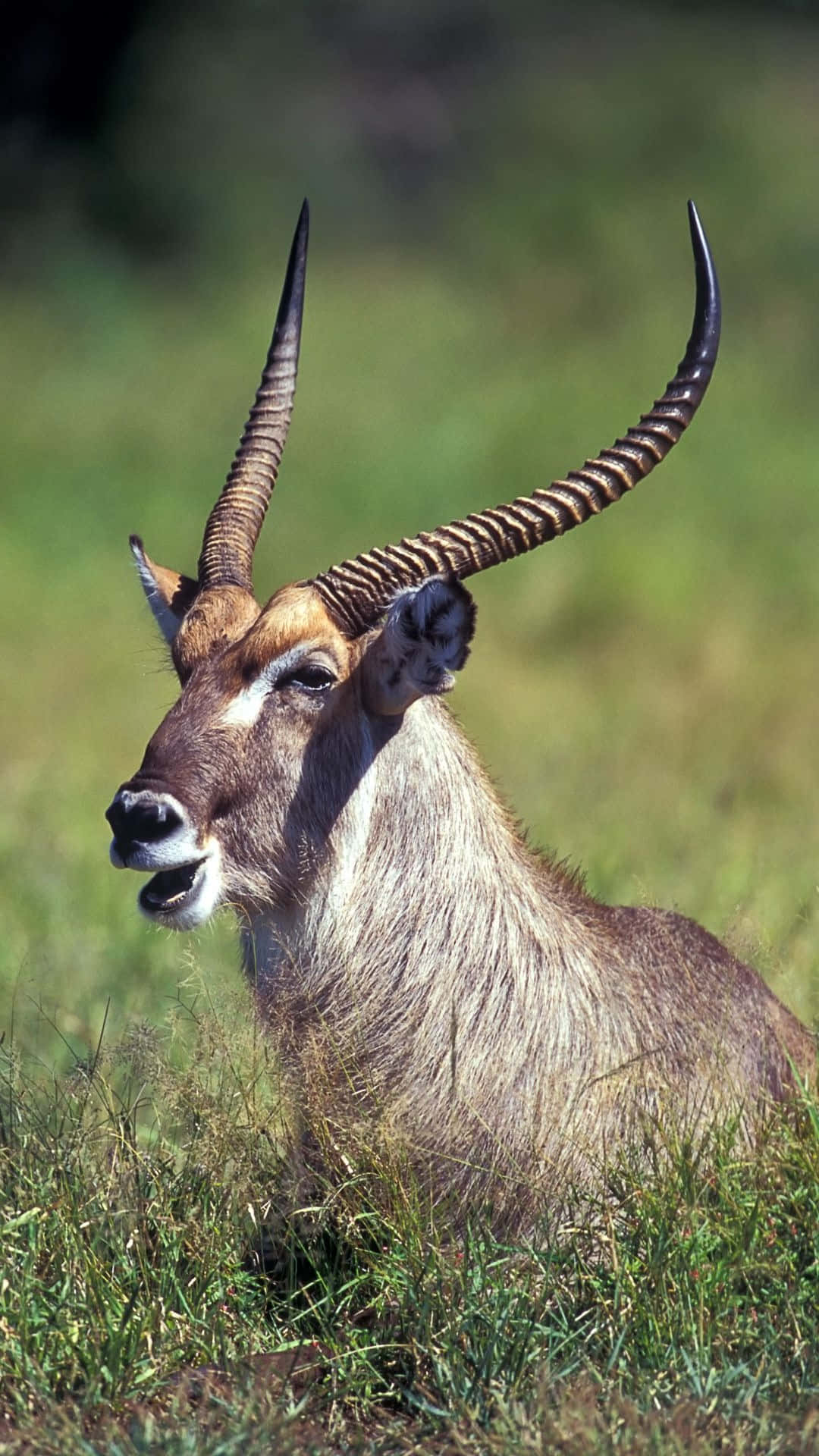
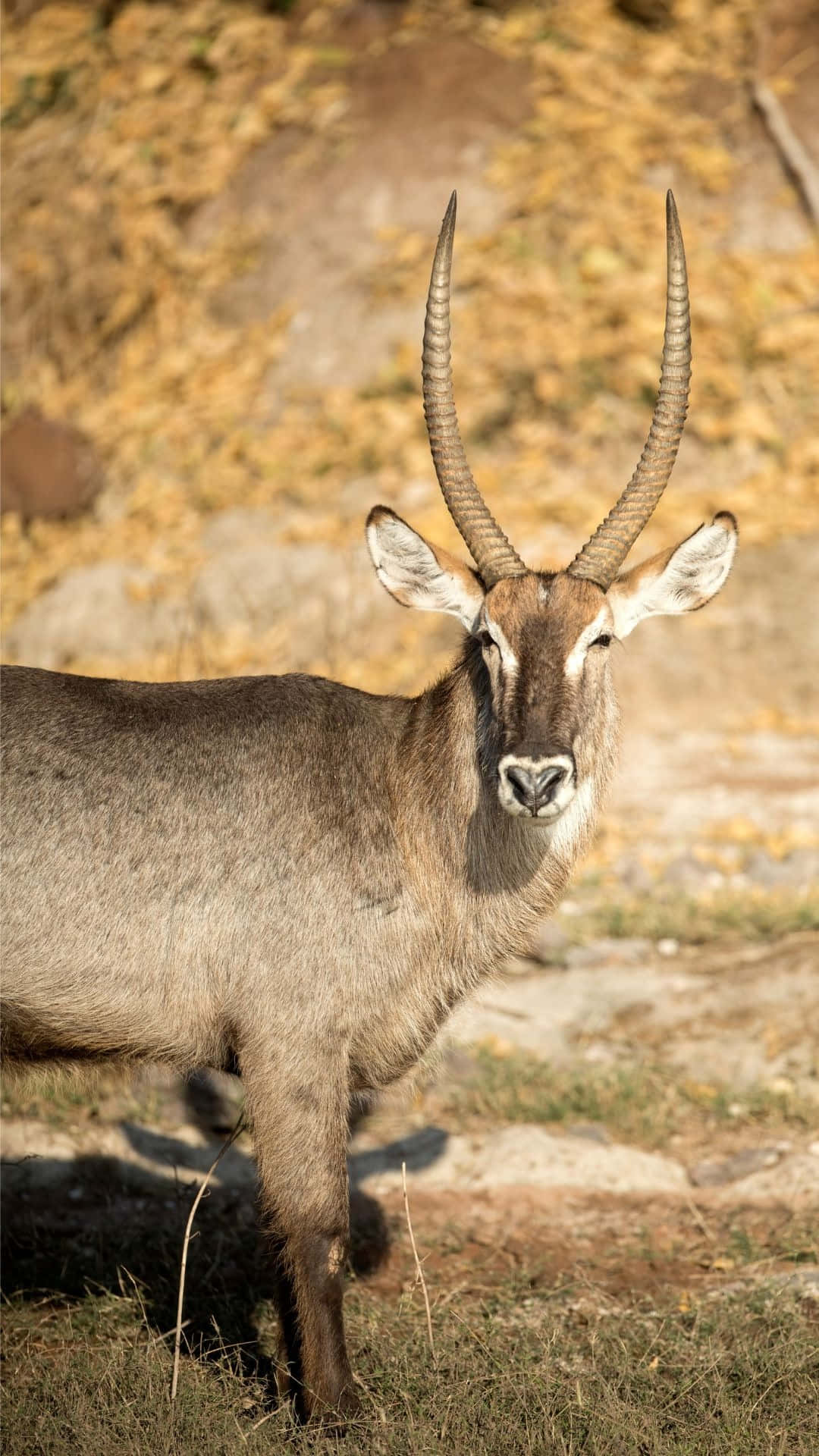
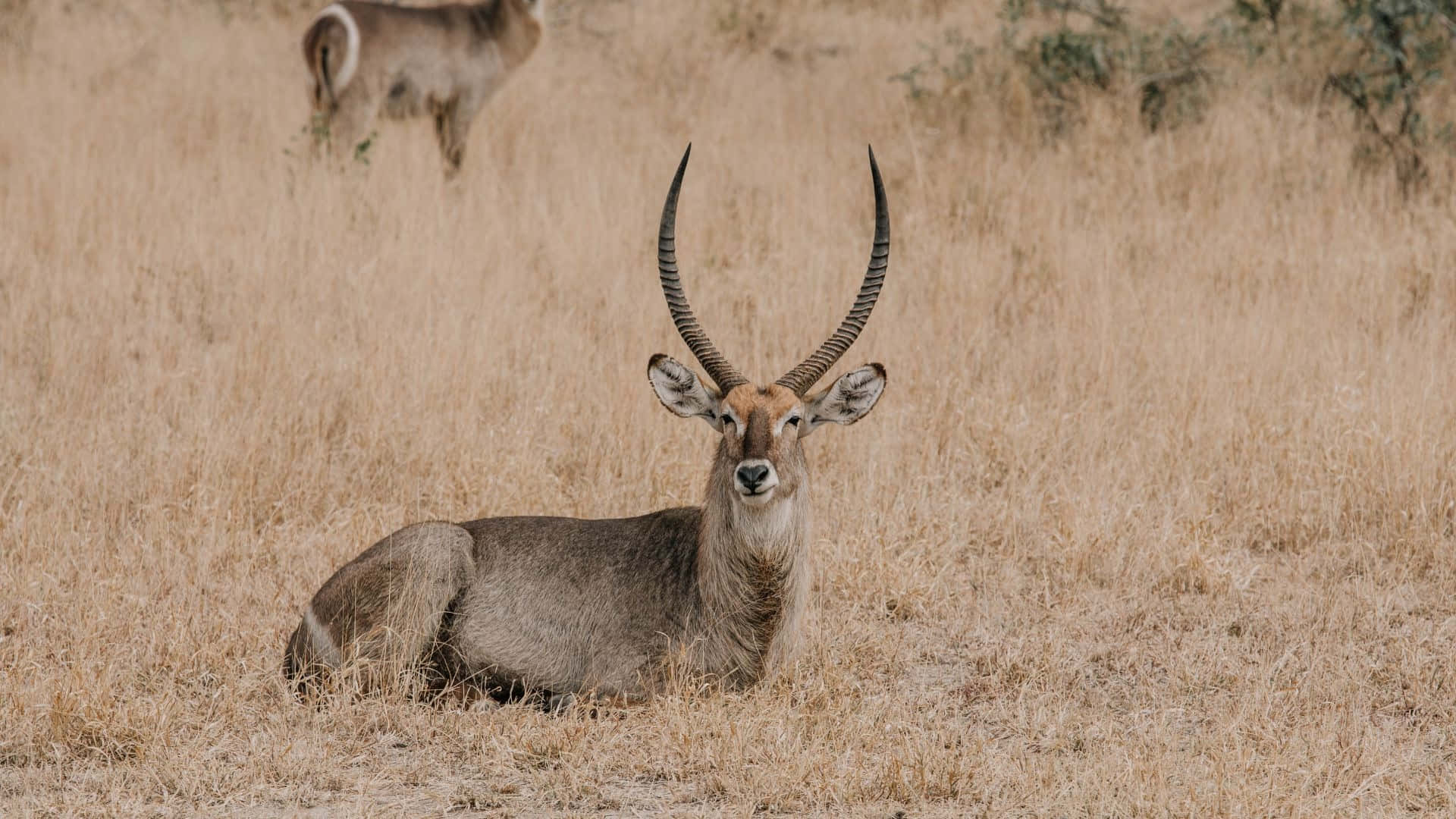
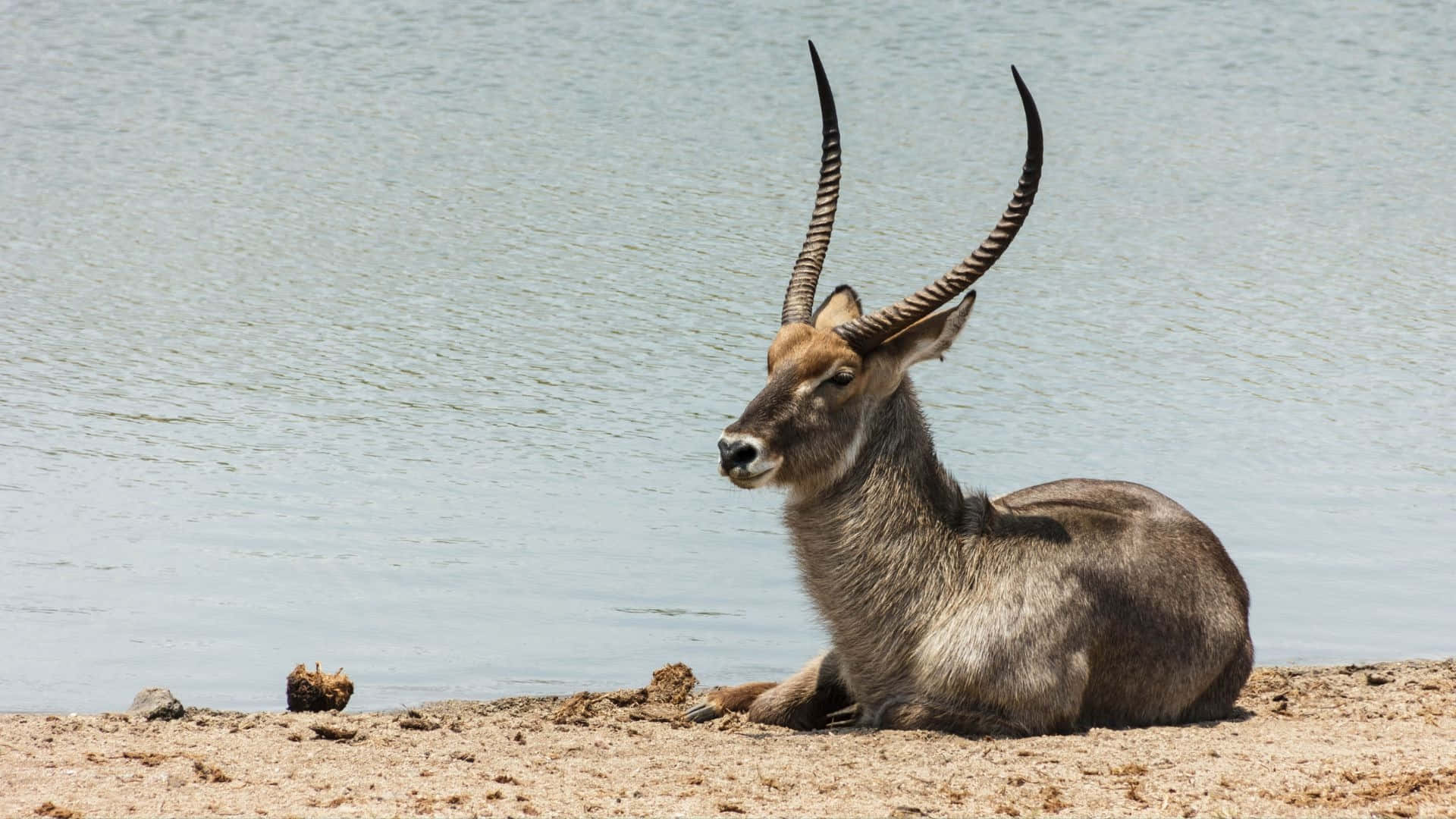
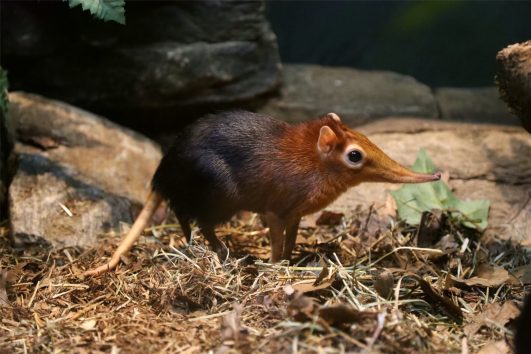

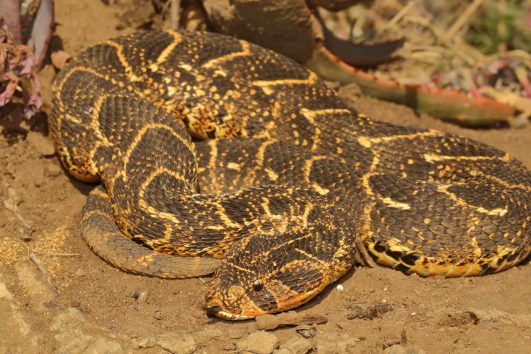
Tour Reviews
There are no reviews yet.
Leave a Review